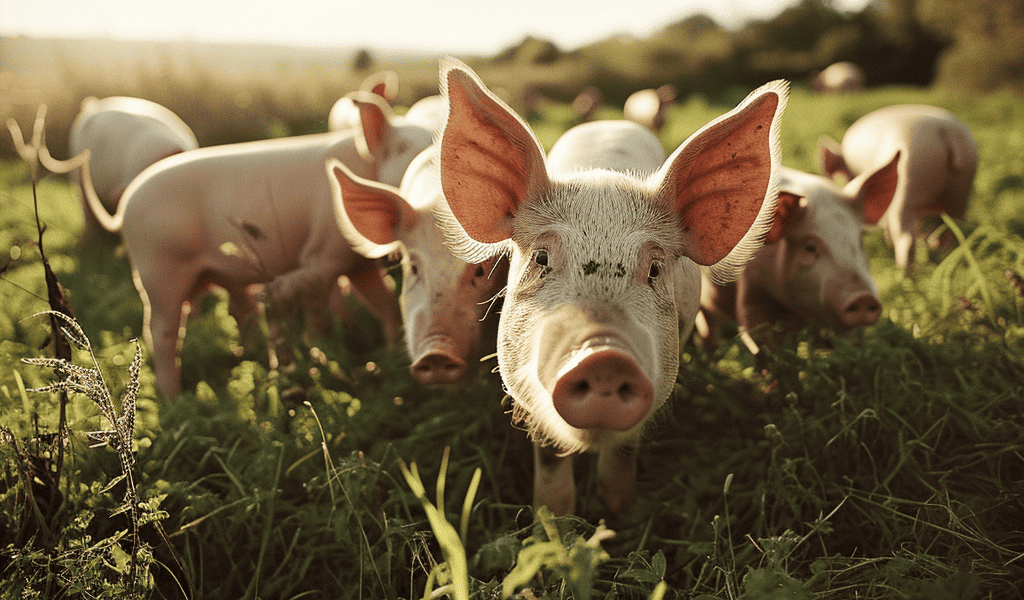Researchers have made significant strides in understanding genetic regulatory effects across pig tissues, shedding light on the potential for fundamental biological discovery and exploitation in animal breeding and human biomedicine.
The Farm Animal Genotype-Tissue Expression (FarmGTEx) project has been established to develop a public resource of genetic regulatory variants in livestock, which is essential for linking genetic polymorphisms to variation in phenotypes. The project has shown promising results from the pilot phase of PigGTEx, processing 5,457 RNA-sequencing and 1,602 whole-genome sequencing samples passing quality control from pigs.
One of the key outcomes of the research is the construction of a pig genotype imputation panel and the association of millions of genetic variants with five types of transcriptomic phenotypes in 34 tissues. The study also delves into evaluating tissue specificity of regulatory effects and elucidating molecular mechanisms of their action using multi-omics data.
Utilizing this resource, the researchers were able to decipher regulatory mechanisms underlying 207 pig complex phenotypes and demonstrate the similarity of pigs to humans in gene expression and the genetic regulation behind complex phenotypes, supporting the importance of pigs as a human biomedical model.
This breakthrough in understanding genetic regulatory effects in pigs not only has implications for animal breeding but also holds potential for advancing human biomedicine. The findings open up new possibilities for leveraging pigs as a model for studying human genetic regulation and complex phenotypes, emphasizing the importance of further research in this area.





